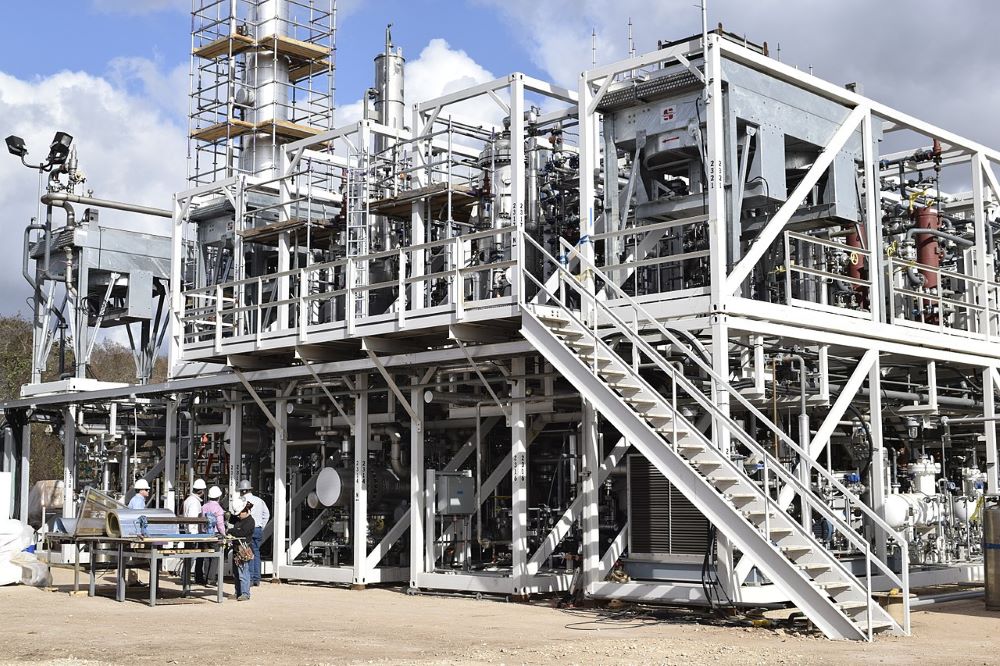
GTL Base Oils
GTL Base Oils – The United States continues to import most of the API Group III base oil that it consumes, but a Canadian start-up aims to put a dent into that dependency.
Cerilon Inc. has awarded design and engineering contracts for a gas-to-liquids facility that it plans to build near Trenton, North Dakota. The site would have capacity to make 5,800 barrels per day of base oil, along with 14,600 b/d of ultra-low-sulfur diesel and 3,600 b/d of naphtha.
Cerilon’s pitch is based on the quality of products it would produce and the sustainability of its projects. It describes itself as an “energy transition company,” noting that GTL produces petroleum products with very low levels of impurities and that demand for ultra-low-sulfur diesel is rising due air pollution regulations.
The North Dakota facility would process natural gas from stranded reserves that officials describe as abundant in the area – reserves that otherwise might go unused or be vented into the environment, adding to greenhouse gas emissions. The company said the facility will also capture and sequester carbon dioxide emissions, further boosting its sustainability.
Cerilon officials call base oils a key part of its strategy, stating that most of its output would be Group III+, an unofficial marketing term recognized by the industry for oils with viscosity index in the high end of the Group III range.
“Group III+ base oil demand in North America is currently being met almost entirely through imports,” the company told Lube Report today through a spokesperson. “GTL facilities can convert North America’s abundant natural gas resources into these valuable energy products to both address domestic energy security and respond to increasing demand for more environmentally responsible energy solutions.”
The U.S. is the world’s second-largest base oil producer in terms of capacity but has little capacity to make Group III oils. Chevron produces some at its plant in Richmond, Calif., while Motiva and Calumet have capacities to make small amounts at their plants in Port Arthur, Texas, and Shreveport, Louisiana, respectively.
Group III demand is increasing around the world, largely in response to rising performance demands for automotive engine oils and other automotive lubricants. The latest engine oil performance specifications have boosted demand for Group III+.
The Pearl GTL joint venture between Qatar Petroleum and Shell in Ras Laffan, Qatar, includes the world’s only existing commercial scale plant making base oils from natural gas. Shell also operates a small GTL plant in Bintulu, Malaysia, that makes raffinates that are finished elsewhere into base oils. In recent years Chinese coal companies have opened a couple coal-to-liquids facilities that make base oils among other products. CTL plants begin by gassifying coal and then using the same Fischer-Tropsch process as GTL to turn the gas into liquids.
Cerilon awarded two contracts in March for the North Dakota facility: to Worley for front-end loading engineering and to ABB for front-end design of automation, electrical and advanced digital aspects of the project.
The company said it plans to make a final investment decision on the project in 2025, to begin construction the same year and to open the facility in 2028.






















